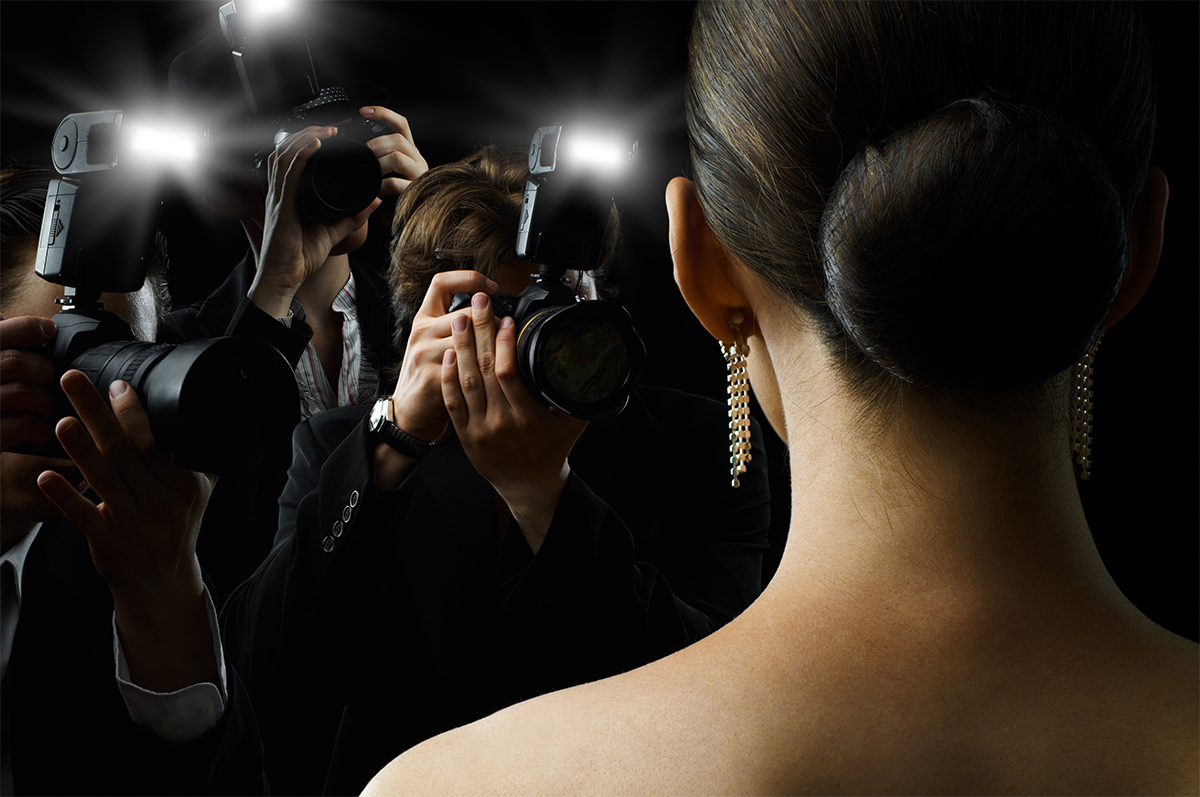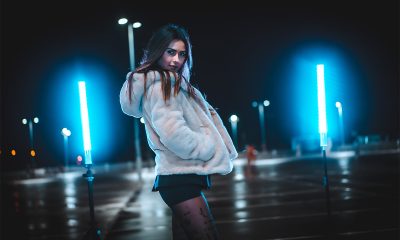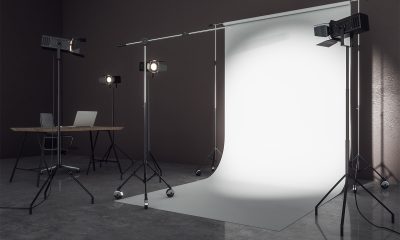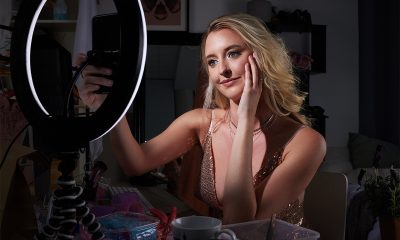What is an on-camera flash light
An on-camera flash light is an external flash unit mounted in a camera’s hot shoe, which is a mounting point located on the top of a camera. A flash is used is to illuminate an object when the ambient light is too low to take an image. Often called speedlights, on-camera flashes are designed to extend flash range beyond that of the camera’s built-in flash. Hot-shoe flashes produce an immense amount of light that is great for shooting indoor events, or for adding fill light for shooting outdoors. They not only have a higher light output than built-in flashes, but also can be tilted and rotated, allowing photographers to use the light more creatively and effectively. Bounce the flash off ceilings or walls to deliver indirect lighting for shadowless illumination. The angle of light output can be adjusted far enough away from the optical axis, which helps avoid producing red eyes and blown-out highlights.
Xenon lighting
Camera flash lights typically use a xenon lamp to produce a short, high intensity burst of light. A xenon lamp is a high pressure sealed arc lamp filled with xenon. A pair of electrodes are fused into a thick-walled quartz tube. A concentrated arc of light, which closely resembles daylight, is produced between the two electrodes as a result of the ignition of the plasma in the tube upon the application of a high voltage pulse to the third external electrode of the tube. The electrical excitation required to produce this arc is provided by a dedicated pulse transformer. This high voltage pulse, ranging from a low of 1.6 kV up to 10 kV or more, is triggered by an abrupt discharge of a high voltage capacitor which is pre-charged to a high DC voltage (up to 160V to 600V). The high intensity arc generates up to several hundred lux of illuminance with a flash pulse of 50 to 100 μsec. While the very short flash bursts of light produced by a xenon flash are capable of freezing the picture captured by the camera, a special driver is required to generate a high voltage and a large reservoir capacitor is needed to store the energy. A recycle time in the 5 to 10 sec range is needed to recharge the capacitor between shots.
LED flashes
The second flash technology uses LEDs which are semiconductor-based devices emitting light when a forward bias is applied across the p-n junction. Although LEDs can hardly compete with xenon flashes in light output, an on-camera flash can accommodate a high power LED module that produce a tremendous volume of lumens. A xenon arc lamp has a very short flash duration, tight management of the duration of the shutter curtain’s travel is therefore mandatory and a mechanical shutter is needed to prevent ambient light from overexposing the image. Since LEDs can provide constant illumination for the entire image-capture period, a rolling shutter can be used, allowing the camera sensor to gather photons during the entire acquisition process and thus effectively increase sensitivity. The high peak LED current needed to generate the flash pulse is provided by a supercapacitor. The supercapacitor is recharged between flashes by a battery. Due to the low power consumption of the semiconductor devices, the amount of time required for an LED flash to return to full power after being fired is extremely short. This makes it possible for photographers to do high-speed shooting. The lifespan of LEDs is not affected by high frequency switching. A typical LED flash is rated for 30,000 flashes, which outnumber xenon light sources ten to one. LEDs are inherently dimmable. The light intensity of an LED flash can be set based on the ambient light measured in order to effectively control the exposure. The LED technology platform allow for precise spectral control for the desired correlated color temperature (CCT) and color rendering performance.
Lighting modes
Most on-camera flashes have three modes of uses: TTL (through the lens), Manual (M), and Multi (Stroboscopic). In TTL mode, the camera and the flash work together to calculate a guide number and determine the level of flash output. Shooting with this mode allows for use of flash exposure compensation (FEC), high speed sync (HSS, also called “focal plane sync” or “FP-sync”), and second curtain sync. In the manual mode, the flash simply puts out a constant amount of light which is controlled usually in stop increments of 1/2nd, 1/3rd, 1/4th, or 1/8th the amount of the full flash exposure. Operating the flash in this mode requires the use of a hand-held flash meter in order to determine distance and aperture settings. In the stroboscopic flash mode, the flash can be set to fire multiple times for a single exposure. With auto or manual zoom function, the beam spread can be adjusted to the focal length of the lens. Many xenon flash units feature an integrated LED module that can be used as a modeling light or for making short videos.













Loading...